Training Contract Template
-

Training Contract Proposal Template
download now -

Training Contract Offer Letter Template
download now -

Restaurant Employee Training Contract Template
download now -
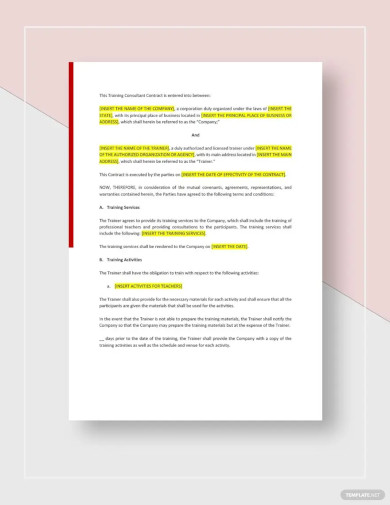
Training Consultant Contract Template
download now -
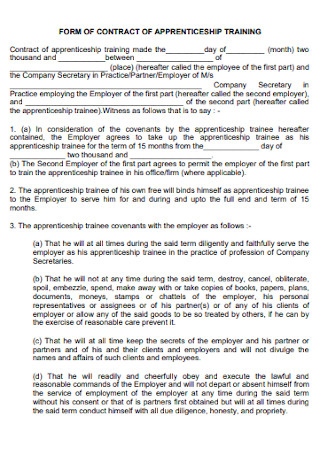
Apprenticeship Training Contract Template
download now -

Professional Training Contract Template
download now -
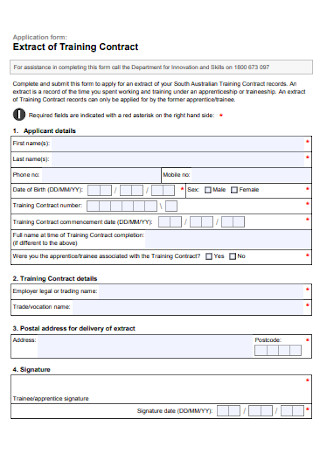
Extract of Training Contract
download now -

Sample Training Contract Template
download now -

Vacation Training Contract Template
download now -
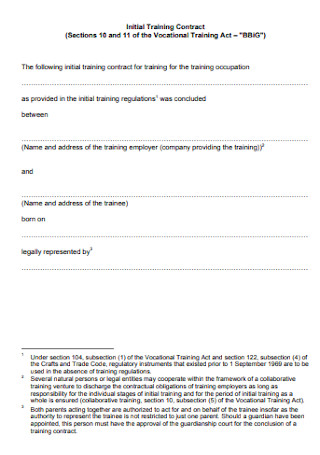
Initial Training Contract
download now -
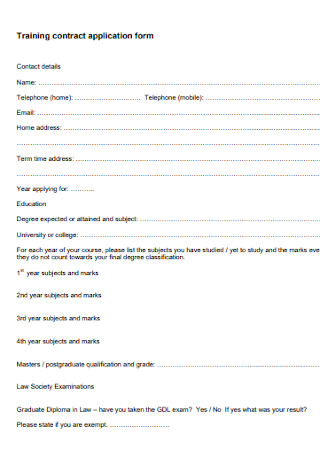
Training Contract Application Form
download now -

Basic Training Contract Memo Template
download now -

Personal Training Contract
download now -
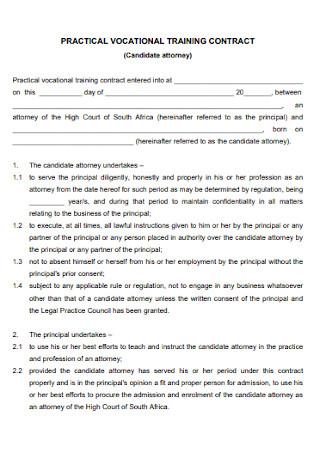
Practical Vocational Training Contract
download now -
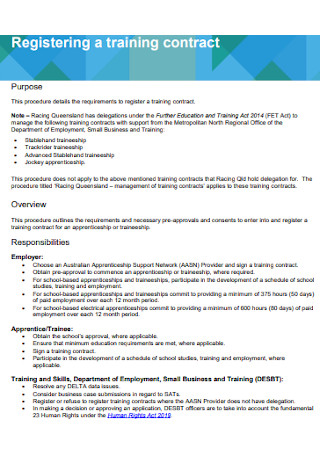
Training Register Contract Template
download now -
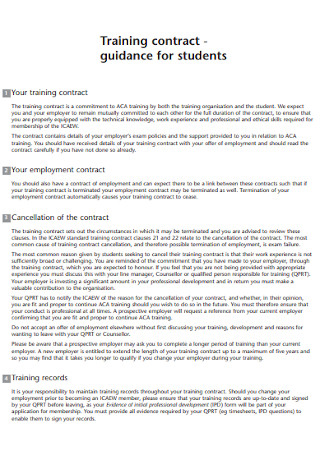
Student Training Contract Template
download now -
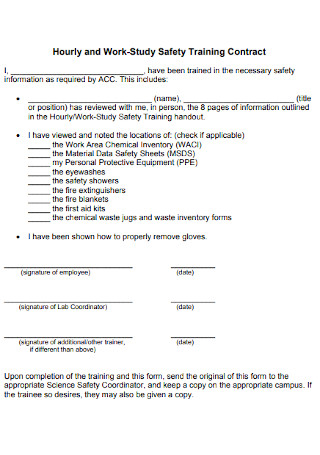
Work-Study Safety Training Contract
download now -

Application for Training Contract Template
download now -
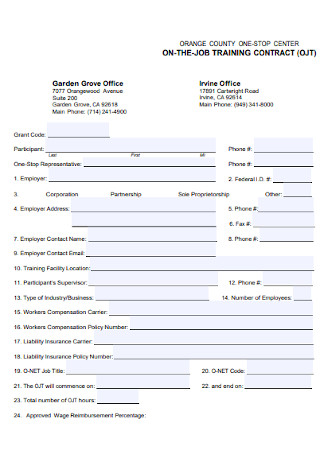
Sample Job Training Contract Template
download now -

Training Registerd Cancel Contract
download now -
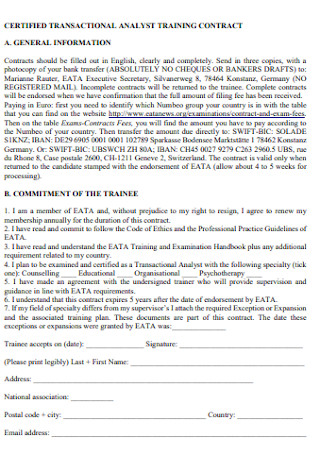
Analyst Training Contract Template
download now -
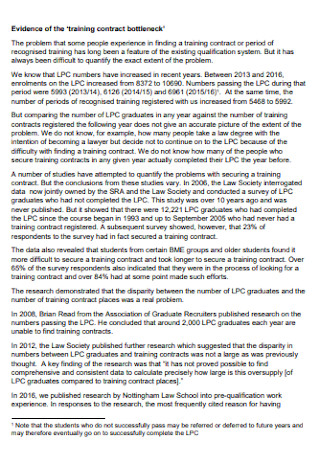
Simple Training Contract Template
download now -
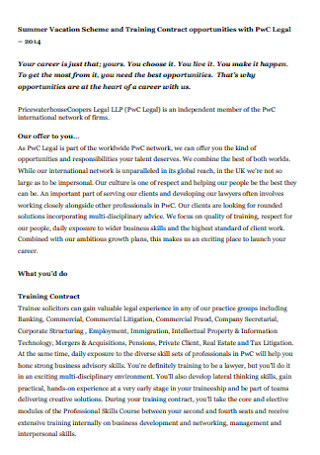
Summer Vacation Training Contract
download now -
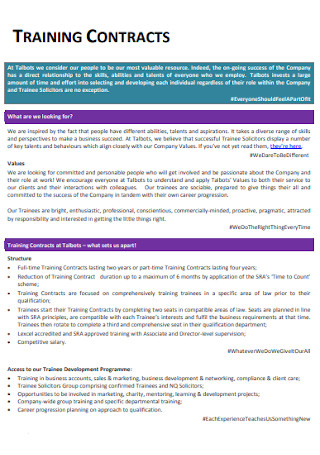
Basic Training Contract Template
download now -
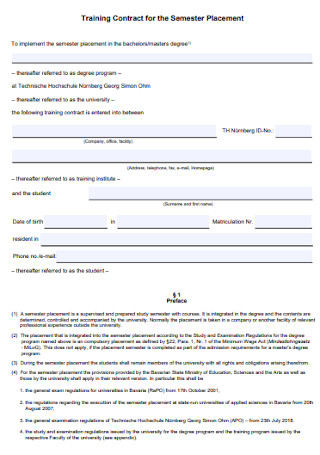
Training Contract for the Semester Placement
download now -
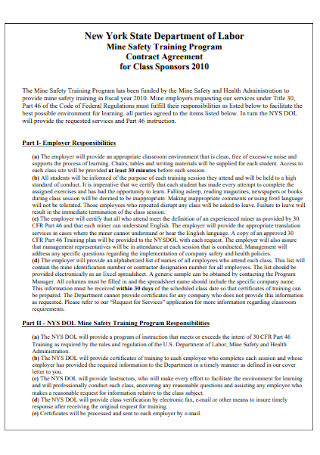
Mine Safety Training Contract
download now -

Standard Training Contract Template
download now -
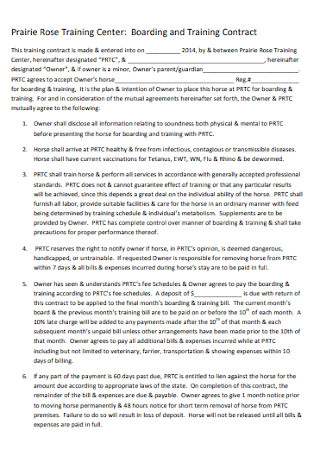
Boarding and Training Contract
download now -
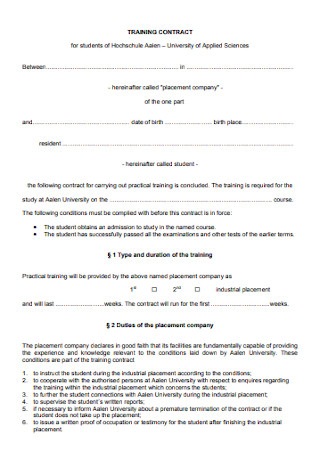
Formal Training Contract Template
download now -
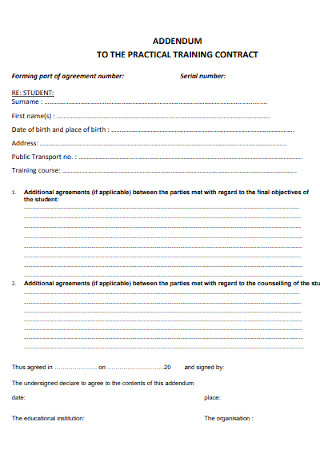
Practical Training Contract Template
download now -

Legal Vacancies Training Contract
download now -
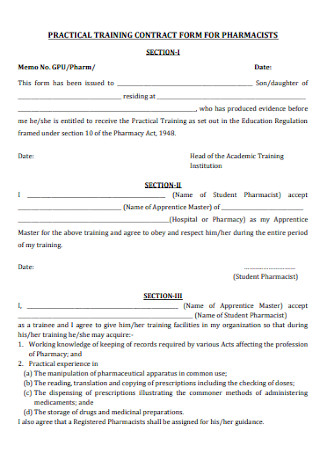
Pharmacists Practical Training Contract
download now -
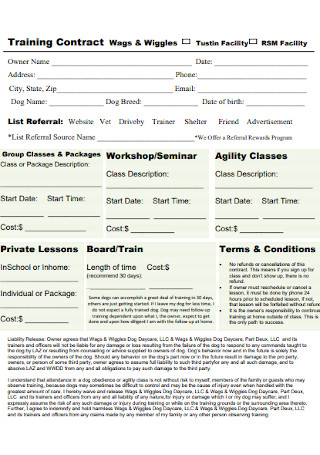
Faculty Training Contract Template
download now -
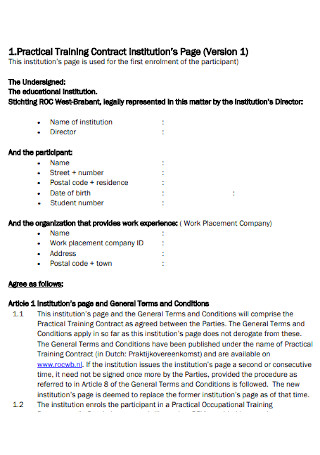
Educational Training Contract
download now -
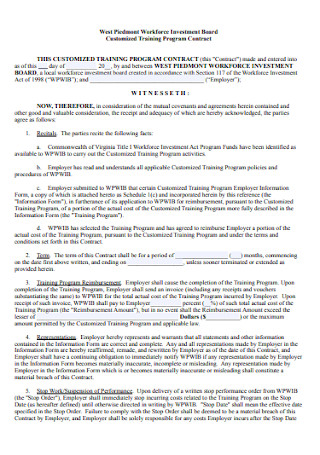
Customized Training Program Contract
download now -
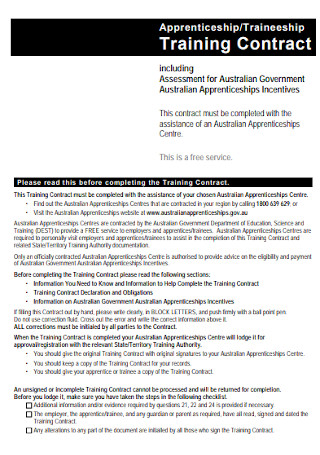
Traineeship Training Contract
download now -

Printable Training Contract Template
download now -

Training Contract Format
download now
FREE Training Contract s to Download
Training Contract Template
What Is a Training Contract?
Types of Employee Training
Types of Employee Training Methods
How to Draft a Formal Training Contract
FAQs
Why is an employee training program important?
Who is responsible for employee training?
What is student employment training?
What Is a Training Contract?
Training in the workplace is necessary because it helps expand the knowledge base of each employee, according to an article from Chron. Training and development, also known as learning and development or L&D, provides both the company and the employee with benefits that will make the invested time worthwhile. It is a practice that the majority of companies are practicing to improve employees’ skills, abilities, and work ethic for better workplace performance. And many companies are investing in training to develop their employees and aid talent gaps. But, before you engage in a training program, it is important to discuss matters first. This is where a training contract comes into play. A training contract is a written document that presents information about the training as a whole. It outlines the essential skills and knowledge the trainee must acquire and how they will acquire it.
A report from Statista stated that the global market size for the workplace training industry was estimated at 370.3 billion U.S dollars in 2019.
In a survey from Statista in 2019, 93 percent of the respondents stated that the face-to-face training mode was the most popular training and development mode.
Statista also stated that the North American market spent an amount of 63.3 billion U.S dollars on training and development in 2017.

Types of Employee Training
The importance of training programs for employees is that it helps them master existing skills, acquire new skills, and improves their work performance. There are different types of employee training that companies will engage with to enhance employee performances. However, training and development programs usually depend on company resources and company priorities. But to give you some insights into the most common employee training programs that are present in the business industry.
Types of Employee Training Methods
Training and development programs are one of the essential tools that companies should invest in to make sure that their employees are equipped with full knowledge and skills to perform their respective tasks. This can improve business productivity as well as build a strong workforce. There are various types of training methods that management may use to administer each program. Here are some commonly used employee training methods.
How to Draft a Formal Training Contract
The importance of business contracts like the training contract is to present and legalize the terms and conditions that have been agreed by two parties, the employer and the employee. Hence, it is only essential that the training contract is well-drafted, professionally written, and informative. To help you create one, here are some tips on how to draft a formal training contract.
Step 1: Meet the Employee for Training
Before you start drafting a formal training contract, you have to schedule a meeting with the employee for training first. The meeting will serve as your avenue to discuss training options. It is essential to review the employee’s files and performance evaluations to decide what training program will best fit for the employee. Then, discuss other matters that need to be addressed in the contract.
Step 2: Write the Training Contract
After you have discussed terms with the employee, you may now proceed in writing the training course agreement. Start with drafting an introduction that outlines what the contract is about and who are the involved parties. Make that the employee training agreement should have full information about the employee and an overview of the employee training program.
Step 3: Describe the Training Program
Once you have already drafted an introduction for the employer-employee training basic agreement, you need to provide detailed information about the training package. Present each training program with a description, the schedule, and how often the employee will take the training. It is also essential to include the different training methods to be sued for each program.
Step 4: Present Goals to Achieve
Now that you have provided details about each training, it is tim
e to present the agreed goals in the staff training agreement. Write down the goals that both parties have agreed for the employee to achieve during training sessions. To organize and well-present information, you may use a checklist to present each goal.
Step 5: Discuss Terms and Conditions
After that, the next vital information that you need to incorporate in the training contract is the terms and conditions. These are the agreed terms that the employee will follow during the training period. Terms and conditions can be about punctuality, absenteeism, and the likes. It is also essential to write termination grounds, which will result in a breach of contract. Make sure that the employee is well aware of these terms and conditions. Once that is done, you may check the agreement for mistakes, then get it signed.
FAQs
Why is an employee training program important?
Having a training program specifically for employees is a smart business strategy for every company. This is an avenue for business owners to strengthen their employee’s skills to function well with their jobs. With proper employee training, companies should be able to expect a strong workforce and high-level employee performance.
Who is responsible for employee training?
Management is responsible for developing employee training programs. It is their responsibility to provide an environment and proper resources and materials that will support each employee’s growth and development.
What is student employment training?
Student employment training is an avenue for students to learn and practice professional workplace skills that are related to the students’ academic courses.
Training of employees has a significant role in the success of a business. Thus, every business employee management plan needs to develop a training program. And just like any other business transaction, it is important to have a written document that will legalize terms. Hence, a business training contract. Drafting a training contract before engaging in a training program is essential to ensure that everything that has been agreed upon is taken seriously and to meet company expectations.
